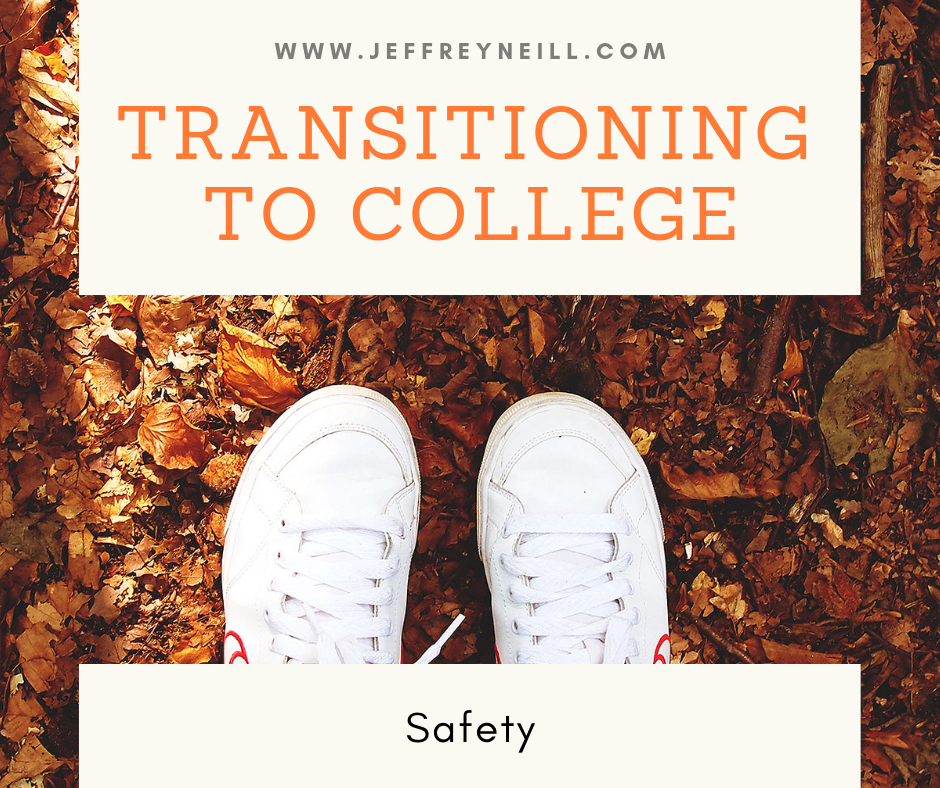There is no better way to understand a college or university than for a student to see it with his or her own eyes. As such, we strongly recommend that families consider planning college visits during the high school years, if at all possible. To be clear, it is certainly possible to successfully navigate the college search process without visiting colleges, but it is hard when a student is only able to use the internet for points of comparison. In fact, I have seldom had students really fall in love with a school -- or an attribute of a type of school -- without visiting. So, plan early and do what you can to get on some college campuses! And keep in mind the importance of demonstrated interest, especially in the US.
Here is a bit of a topical approach to some common questions and concepts...
Can’t I just apply and then visit?
This was typically the protocol for many students years ago: apply to a swath of schools that seemed to fit the bill and then visit those to which the student was accepted. Unfortunately, this does not allow students to use their visit to help their search processes. How do they know the schools they have applied to are the “right” ones? As such, we recommend that students do what they can to visit before the application process. If a student must choose between visiting before or visiting after, we recommend before!
What if I have a small window of time to visit?
This is related to the question about only being able to afford to visit one location. In the end, utilize your college counselor! Pick a city -- or work with your college counselor to pick a city -- and then visit a bunch of different colleges in that city. In almost every urban environment there are several institutions of higher education that are different enough to give you a sense of some different types of schools: Boston, London, LA, Paris, DC, Chicago, Seattle, Manchester, Amsterdam. (New York is a tough destination for this one, actually, without being able to get out of the city.) Let your college counselor know which city you’d like to visit, and we can put together a list.
What if I have a really small window of time to visit colleges?
In the “good old days,” when college counselors were encouraging people to apply-and-then-visit, when it was possible, they would push students to do just two visits before the application process to inform the list: one large, one small and one urban, one rural. Combine these two attributes into two schools, and this was all that was needed: one big, urban school and one small, rural school or one big, rural school and one small, urban school (although this latter type is harder to find!). If this is all you can do, this, at least, will get you thinking about two of the more basic criteria: size and proximity to city.
What do I do if I want to visit the summer before junior year (or earlier) when college counseling has not yet formally begun?
Of course, if you can plan ahead, we would love to meet with you to discuss, so don’t be discouraged by any sense that college counselors are not available. That said, the idea early in the high school career is to visit a wide array of different types of places, even if they don’t seem to be places that are very interesting. You never know until you check them out! As such, what we would recommend is to find a list of schools that cover a wide array of different types of places and then start researching. Go to the websites and start seeing what stands out. Then pick a few of the favorites to visit. Let us know how we can help!
What if I only visit hyper-selective schools?
This one is a bit more complicated. If you look at all the Ivy League schools freshman and sophomore year, fine. Maybe they will be motivational for you and you will rise to the challenge academically knowing you need to work hard to get admitted to these places. However, to be clear, while we would discourage any student from focusing visits only on the hyper-selectives, I also say that if you find yourself in Princeton, New Jersey, go visit Princeton. While there are many unique elements to the institution, we can approximate and replicate just about all of them in other institutions, so don’t hesitate to visit schools like this. Just don’t focus on only those types of places! It is best to visit an array of different types of places.
What do I do when visiting a school?
Visits typically are comprised of two components: a campus tour and an info session, where someone, usually from the admissions team, leads a discussion about the school. We recommend taking advantage of both -- and any other -- opportunities offered by the school. Keep in mind, though, that these visit experiences are typically highly sculpted, so we recommend doing three things on any campus visit… First, sit in the dining area where students are abound. Are they happy? Excited? What are they wearing? Are they socializing? Can you see yourself there? Second, grab a school newspaper. What are the issues being discussed? Are they relevant to you? Do they speak to your interests or concerns? And, third, examine the bulletin boards while walking around campus. What is being advertised? Apartments? Missing items? Jobs? Internships? Social activism? These things can fill many of the gaps avoided in the more refined components of the formal visit. Also, it makes sense for you to take a look at the current year’s supplemental application questions, those questions that are specific to that college and see if you can find ways to answer them through the experience of your visit.
What if I cannot get on the official tour and info session?
If you cannot get on the official visit or they are not offered on days when you are there, ask if you can be provided with information for a self-guided tour. Most admissions offices will offer these. Then, you and your family can stroll around at your own leisure. This being said, given the role of demonstrated interest, we recommend that you take some time to drop a quick email to your admissions representative to let them know you were there and what you thought of the place after your tour!
What if I don’t get to visit the schools I will eventually apply to?
Don’t worry about this. It is more important to visit some schools than the ones you will apply to. Your college counselor can help you with approximations: if you liked school X for these reasons, then you will probably like school Y because they are similar. Very few students I have ever worked with have visited all of the schools to which they applied. Of course, though, if you are fortunate enough to be able to make visits each year, we would recommend that you start broad and increase your focus with each year, perhaps intending to visit your final college list heading into the senior year.
Are there any schools you really recommend I visit?
Yes. Just one. An early decision school. We have a hard time recommending that a student apply binding Early Decision to a college without having visited. It seems too risky.
Will you put together the itinerary for us?
Nope. This one is for you. Of course, parents typically need to be involved here to arrange for transportation and logistics, but in an ideal world the student would communicate and sign up for the visits.
One final point…
When we discuss college visits, we think about driving a submarine: it is designed to head in one direction without great maneuverability. Once headed in a certain direction, it is hard to turn. That said, when something has been discarded, just like with a submarine, it is hard to see what has been left behind. The submarine lingo here is that it is hard to see what is in your baffles, directly behind you! So, just as submariners do, students visiting colleges should routinely check their baffles! This can simply be visiting a school on occasion that does not fit the with the type of school that they seem to be gravitating toward. When you stop looking at schools as an on-off switch and rather as places for which there are many good reasons to attend, you can learn something even from a school you know you would never attend about what you are looking for. So, for example, even though you might have moved away from large, state institutions in favor of small liberal arts colleges, be sure to check that hunch on occasion and “check your baffles” by taking another look at a big school. There is certainly something you can learn from such a visit, but you are also honoring one of the most important principles of the college process: you have the right to change your mind!




















